The Approach, London, UK
Baby Grand
October 1, 2020 - December 12, 2020
The Approach is pleased to present Baby Grand, a solo exhibition of new paintings by New York-based artist Anna Glantz. Mixing autobiography with invented scenarios, Glantz intuitively and meticulously assembles paintings, crafting a show that is more makeshift family than serial endeavour. While each individual painting boasts its own eccentricities, together they converse across the gallery, debating the same questions, agreeing, disagreeing, and commiserating at a distance. Repeated images of cats, fictional pregnancies, Glantz’s partner Jack, bespoke furniture, and still-lives flicker and distort from one canvas to the next while adopting different palettes and painting techniques along the way. Glantz presents the exhibition Baby Grand at the onset of her thirties—a moment filled with possibility and anticipation of an adult life that has barely begun. In the absence of deep personal history, Glantz sits vulnerably in the present while anchoring herself in the history of painting, drawing sustenance from early American limners, Italian Renaissance painting, and art historical oddballs like Gregory Gillespie and Tivadar Csontváry Kosztka.
She imagines her own potential pregnancy out of curiosity—a painting whose meaning is subject to change depending on whether or not she ever becomes pregnant. In a future where she remains childless, the painting proposes a world that will never exist; meanwhile, should Glantz become pregnant, the painting acts as a self-fulfilling prophecy. In the larger-than-life portrait, the artist leans into her own naiveté wearing an expression that is at once concerned and searching. In another scene, Glantz follows a family of cats carrying one another up a hill at dusk. Each cat is smaller than the previous as it grips an even smaller cat between its teeth—the painting has the potential to go on forever, like a demented Droste effect, inching towards the future at an increasingly slower pace. Elsewhere, Glantz serves up a grim musical tableau in mint green and faded turquoise featuring a full- toothed grinning baby, and in another painting, pictures an intimate bedside portrait of her partner, his face pressed into a precisely checkered pillowcase.
While each painting demands its own treatment, Glantz’s process often involves multiple underpaintings, followed by thicker layers, and subsequent scraping, sanding, and altering until the final surface is worn and tender—in some cases having been reworked no less than six or seven times. This lengthy process of manipulating paint often leads to unexpected changes in palette, imagery and meaning that ultimately guide the direction of the ensuing paintings. In a departure from earlier work, Glantz’s recent paintings favour more paired-down compositions. In these simplified arrangements, small details take on outsized importance—the articulation of a carrot starts to resemble a human finger and a lime green pear tilts its head like a questioning child. The undercurrents of the paintings—dread, melancholy, anxiety—seem to ooze out of every corner.


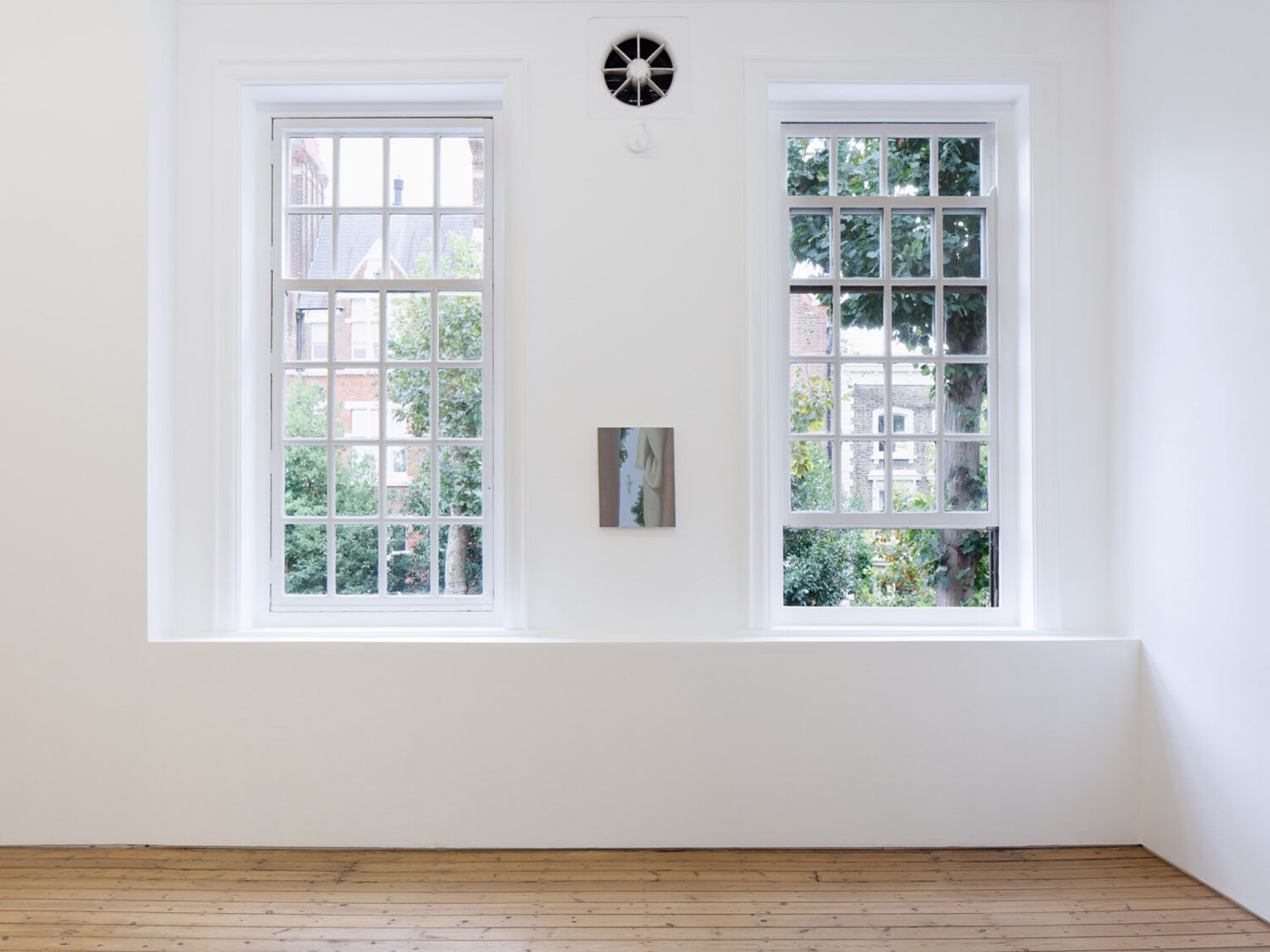

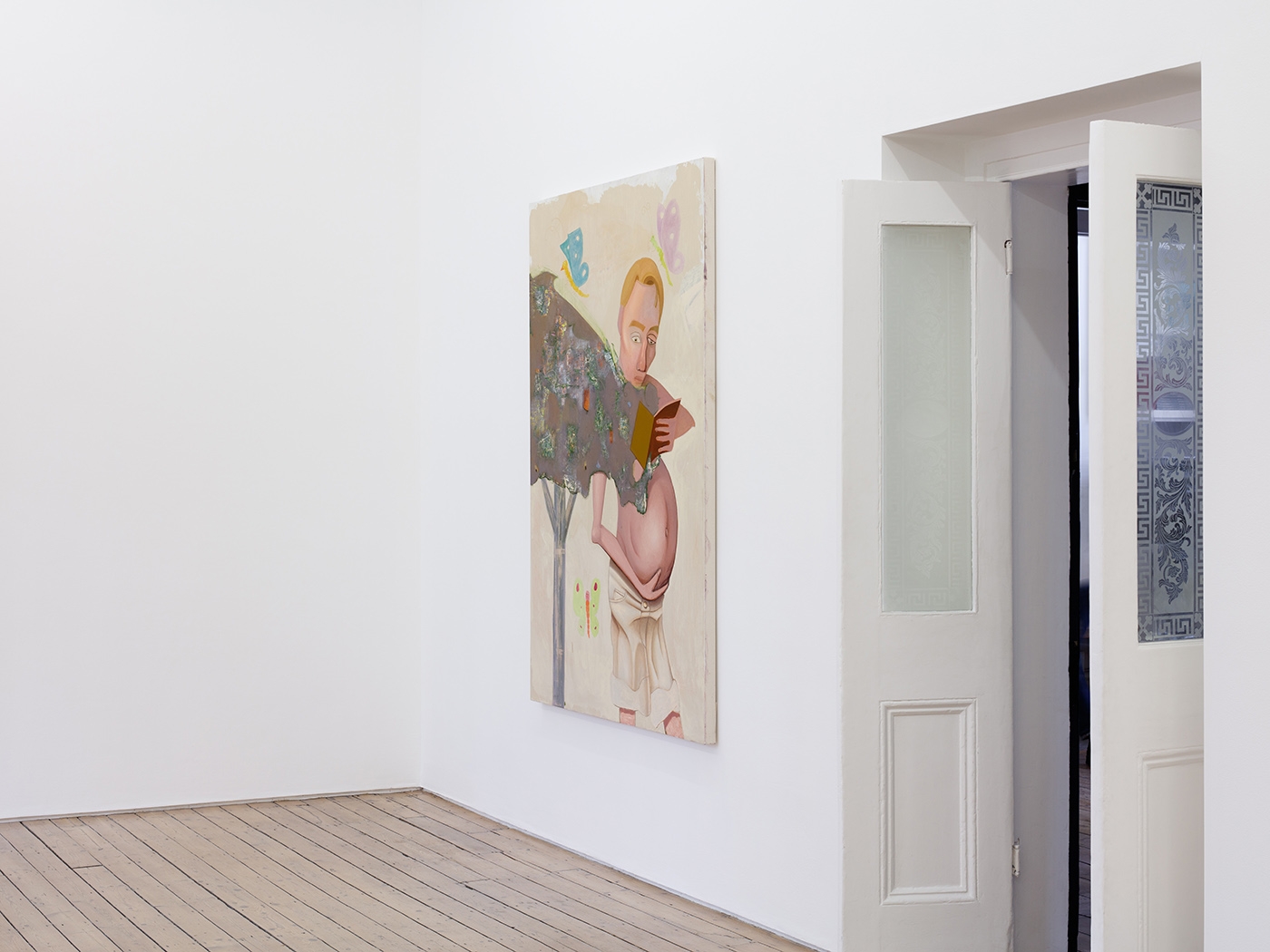
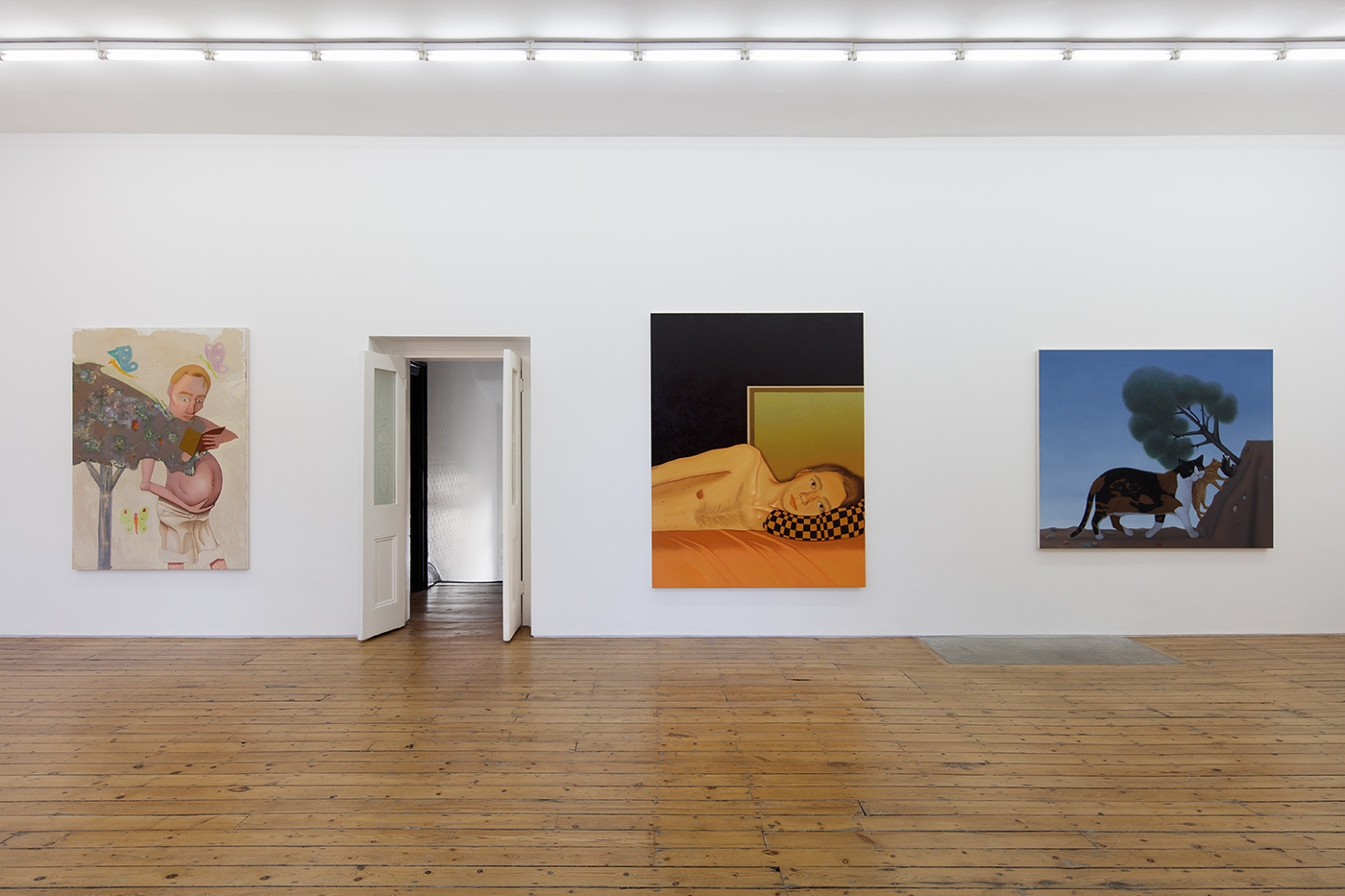
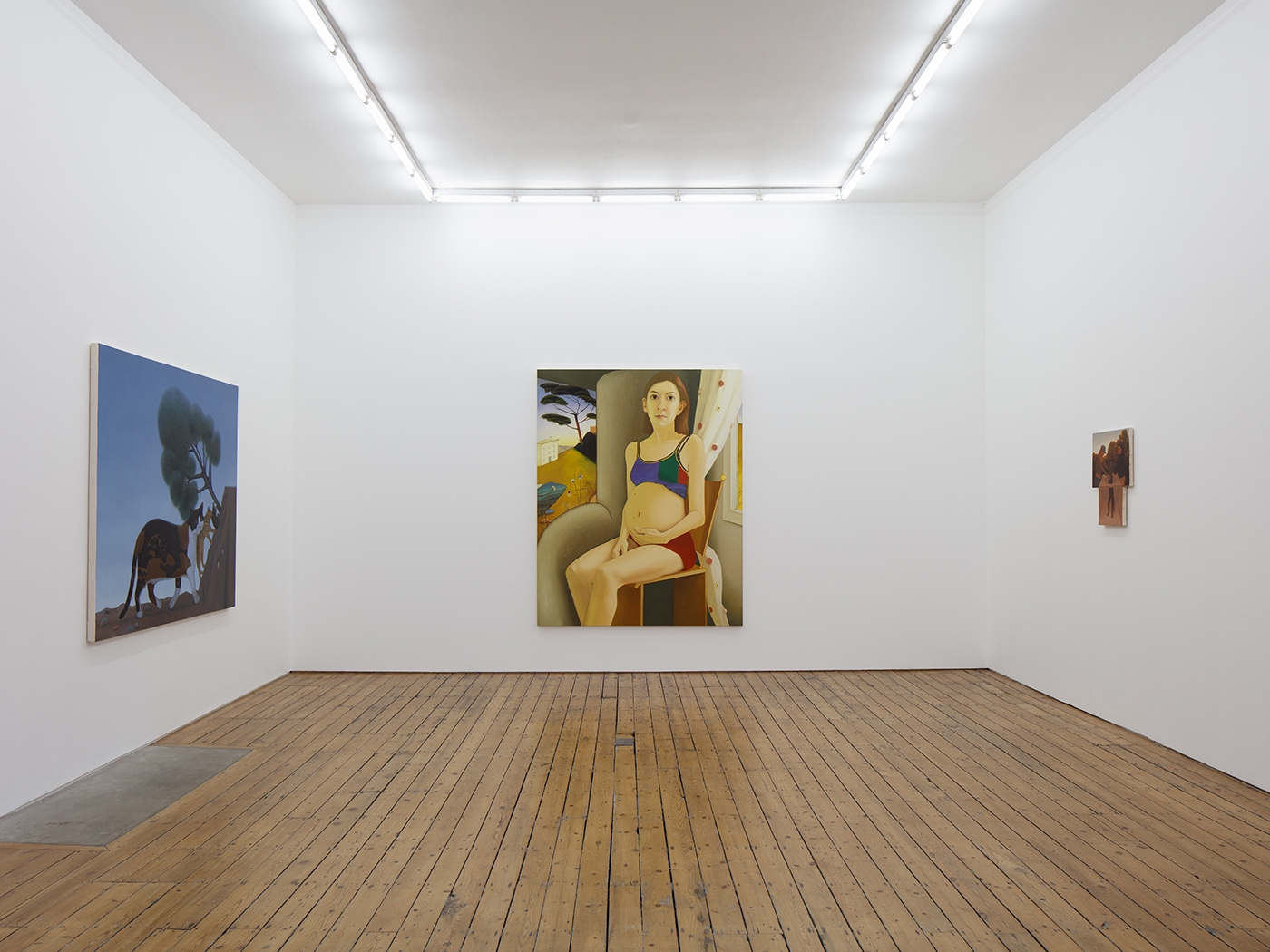
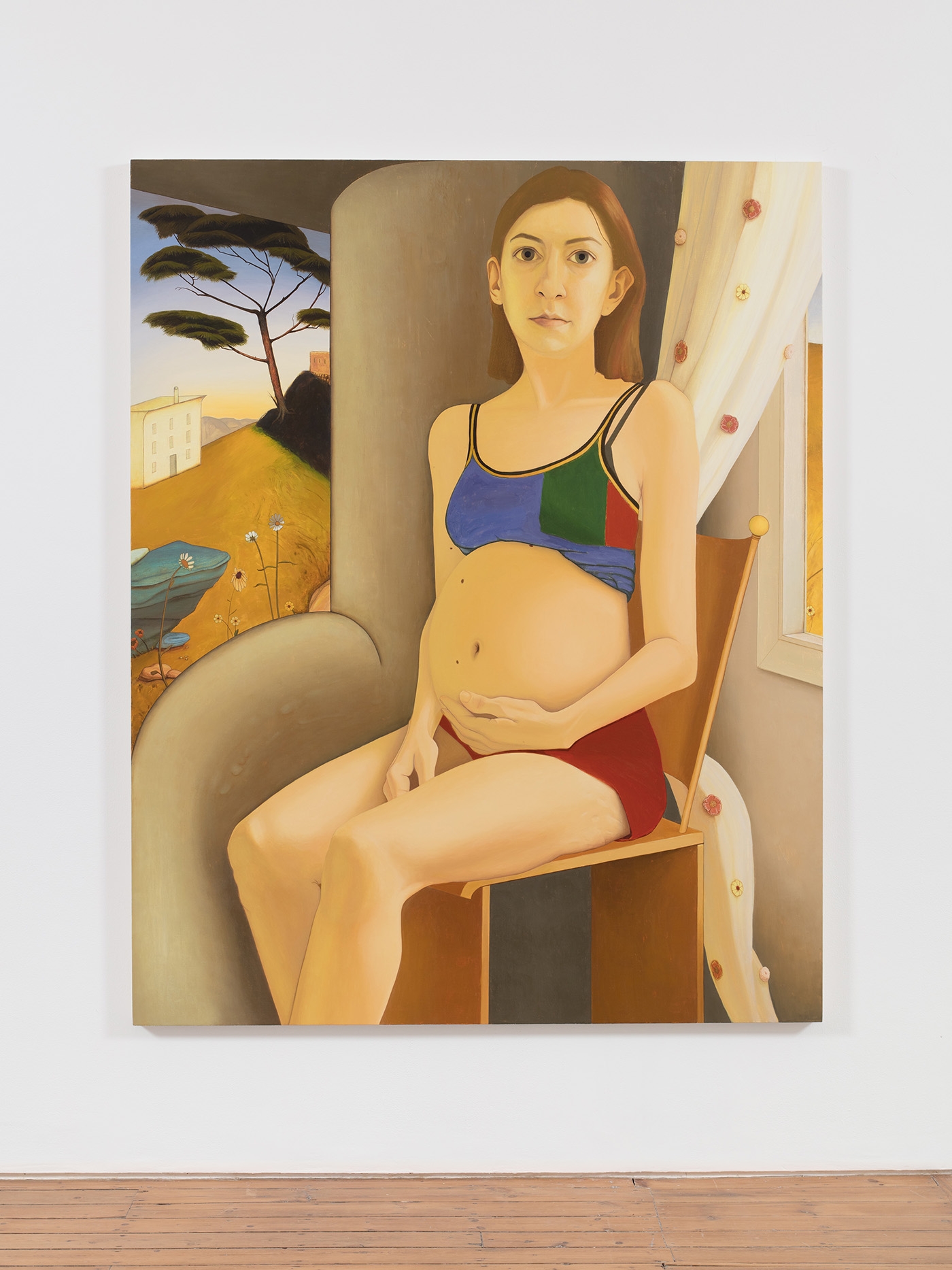
Imagined Pregnancy, 2020, oil on canvas, 80 x 64 inches

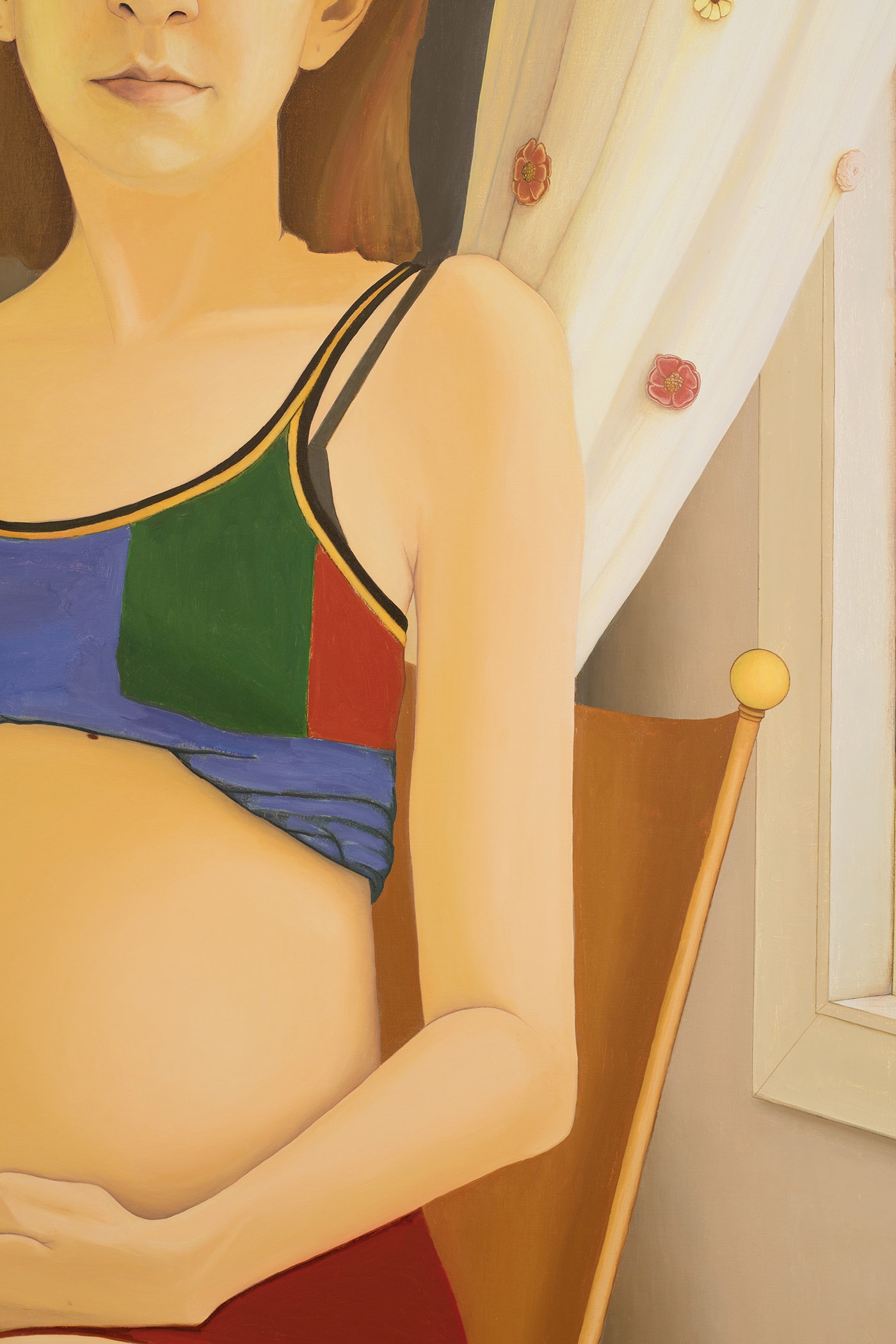
(detail) Imagined Pregnancy, 2020, oil on canvas, 80 x 64 inches
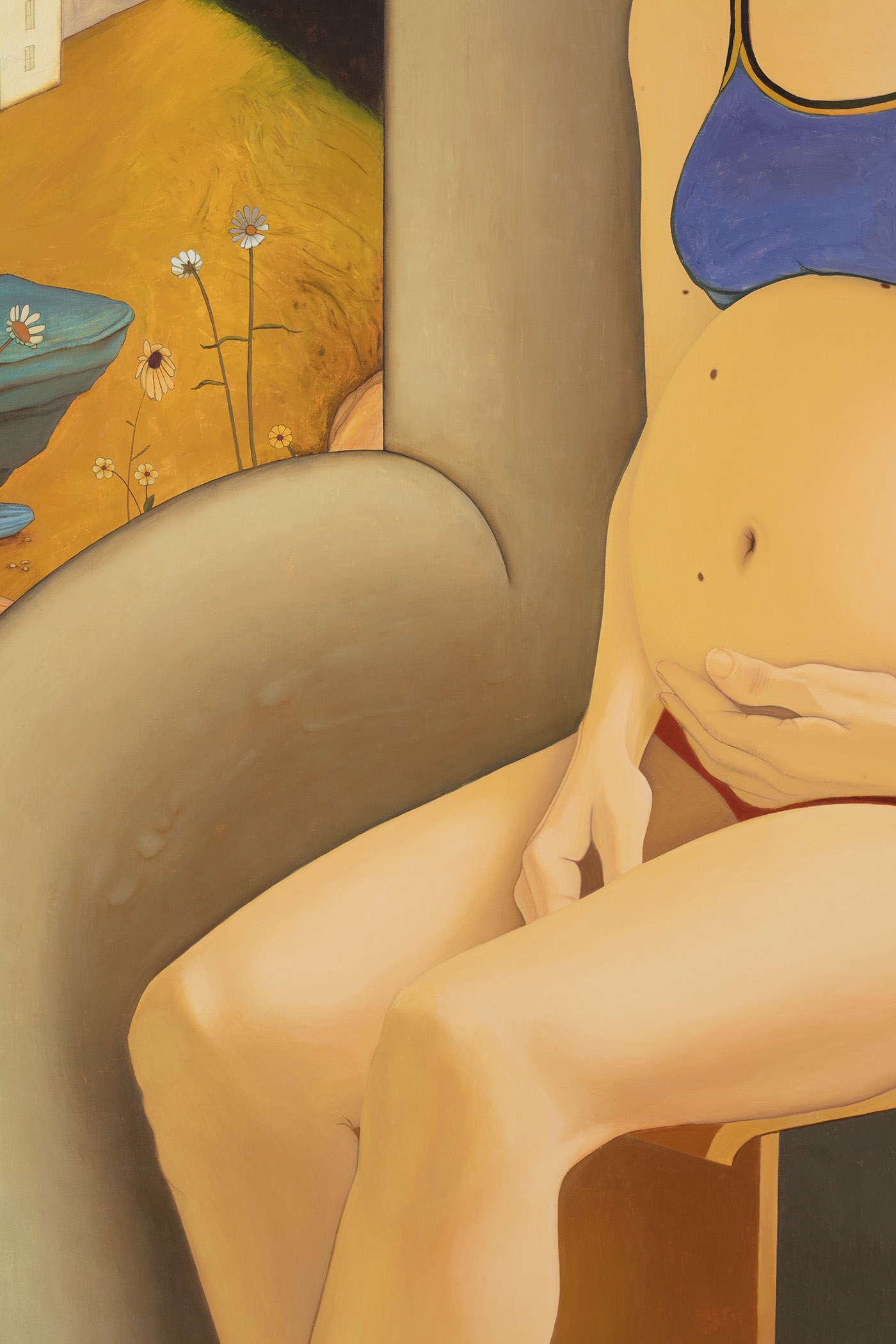
(detail) Imagined Pregnancy, 2020, oil on canvas, 80 x 64 inches

Students, 2020, oil on canvas, 22 x 17 inches
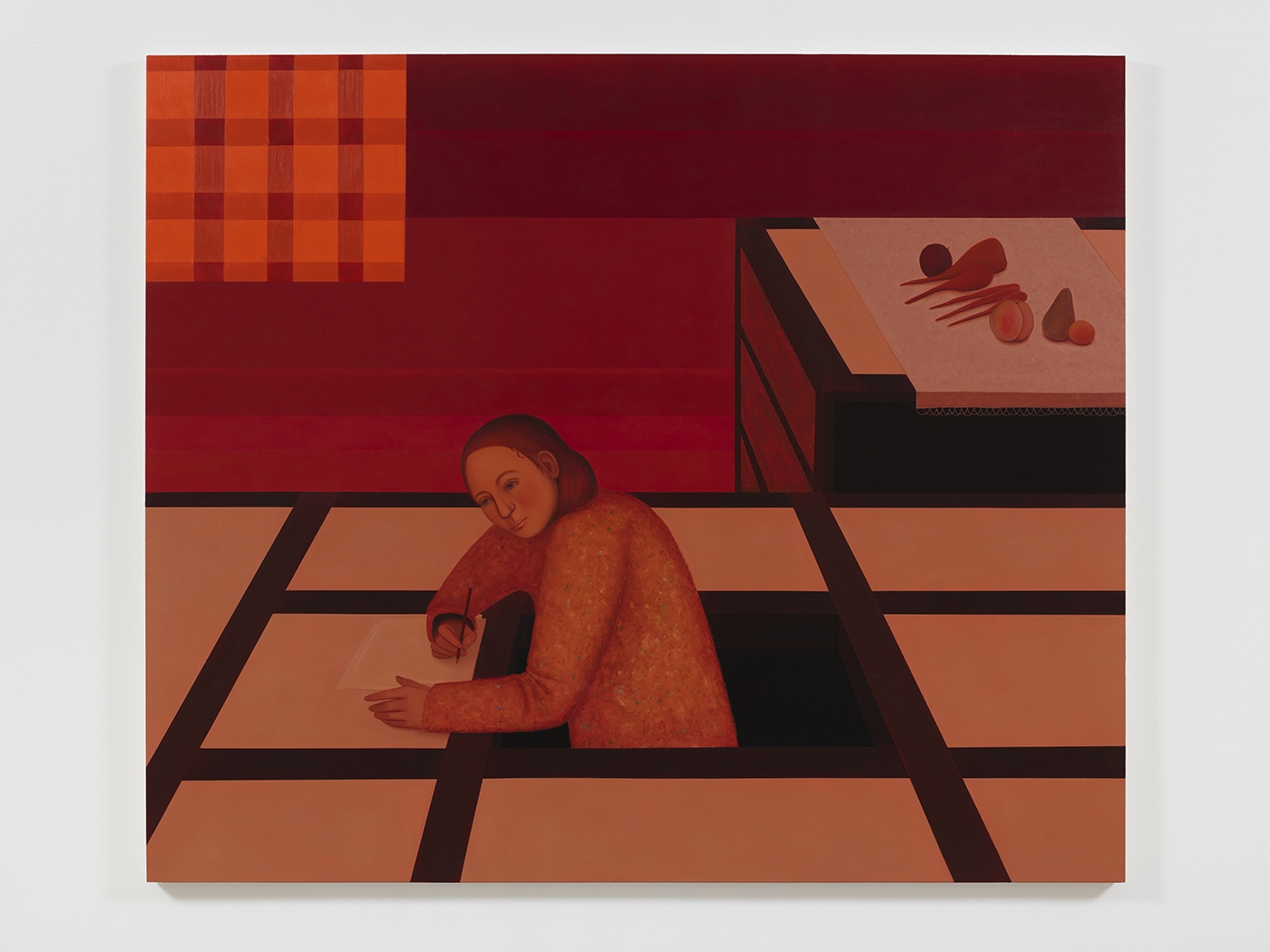
Writer, 2020, oil on canvas, 76 x 90 inches
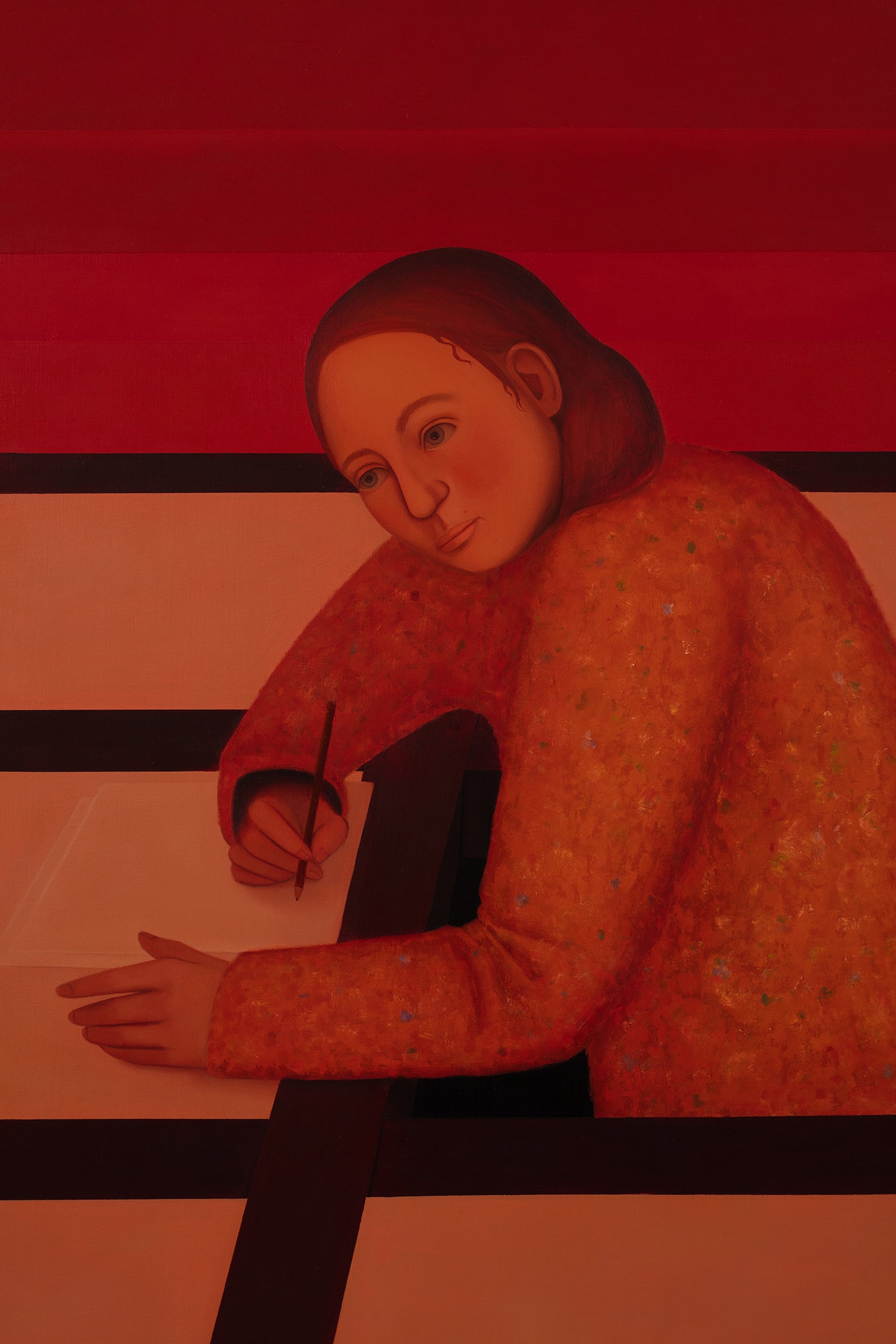
(detail) Writer, 2020, oil on canvas, 76 x 90 inches

(detail) Writer, 2020, oil on canvas, 76 x 90 inches

Flight Path, 2020, oil on canvas, 17 x 13 inches
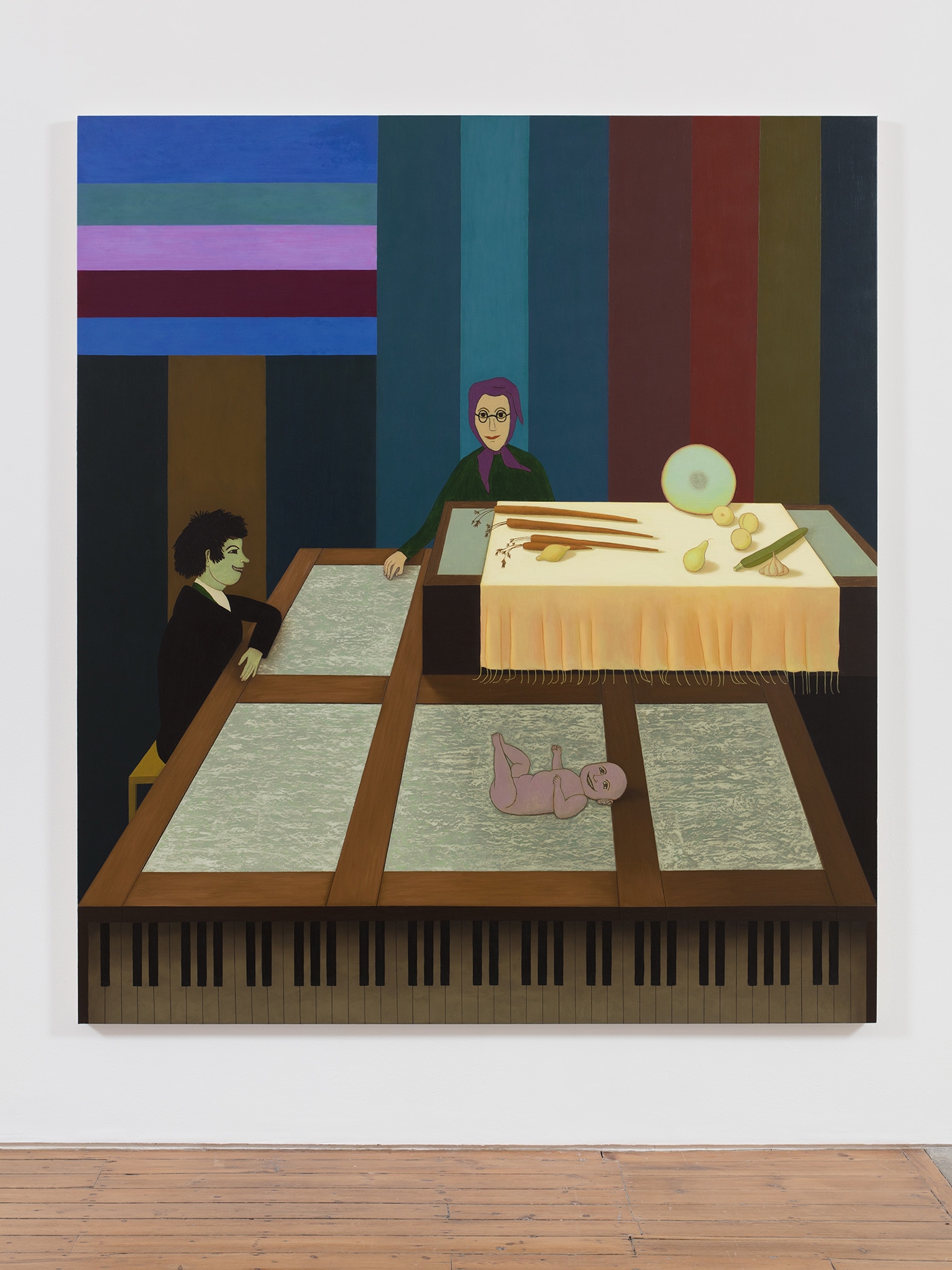
Baby Teeth, 2020, oil on canvas, 84 x 74 inches
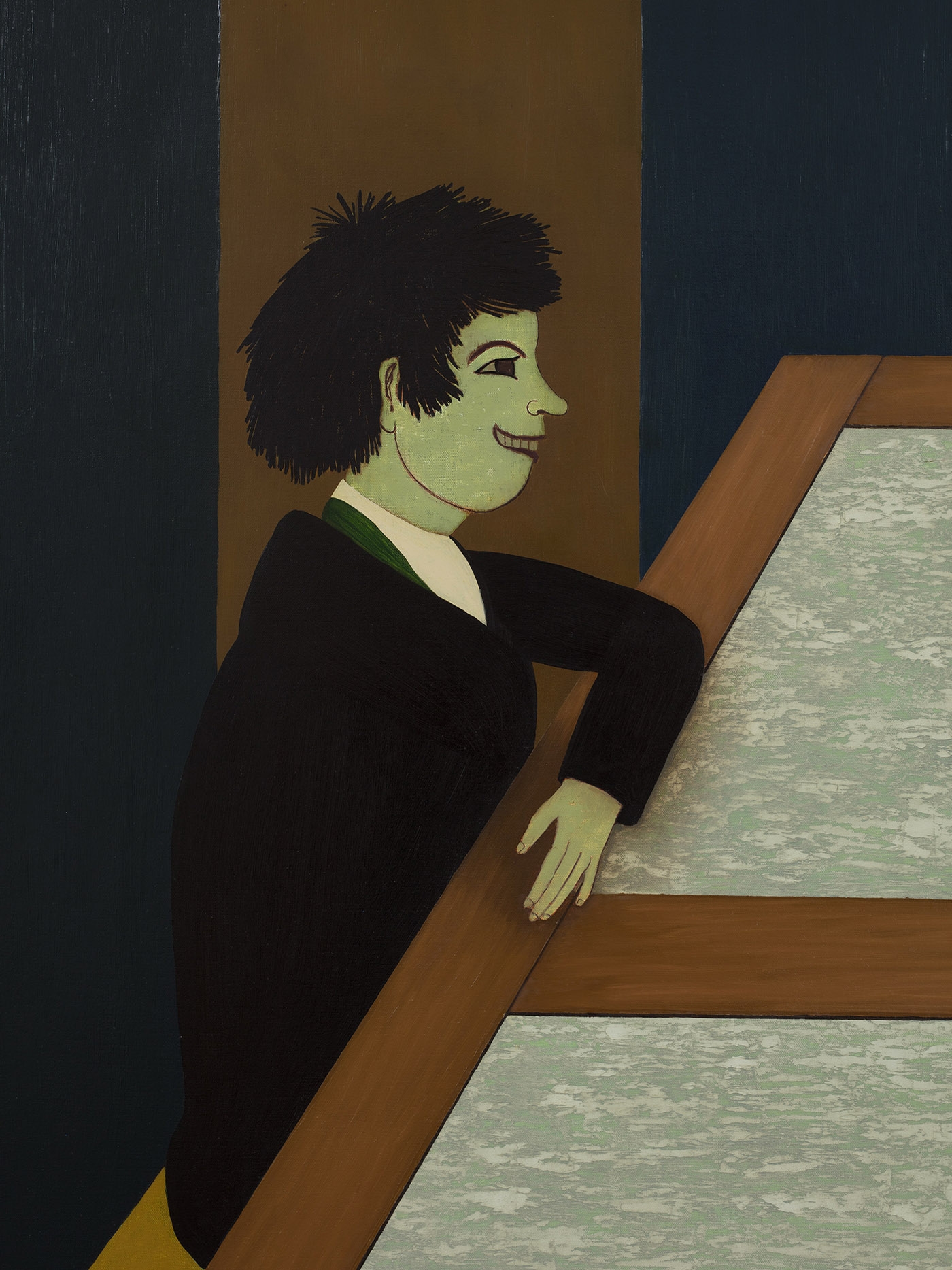
(detail) Baby Teeth, 2020, oil on canvas, 84 x 74 inches
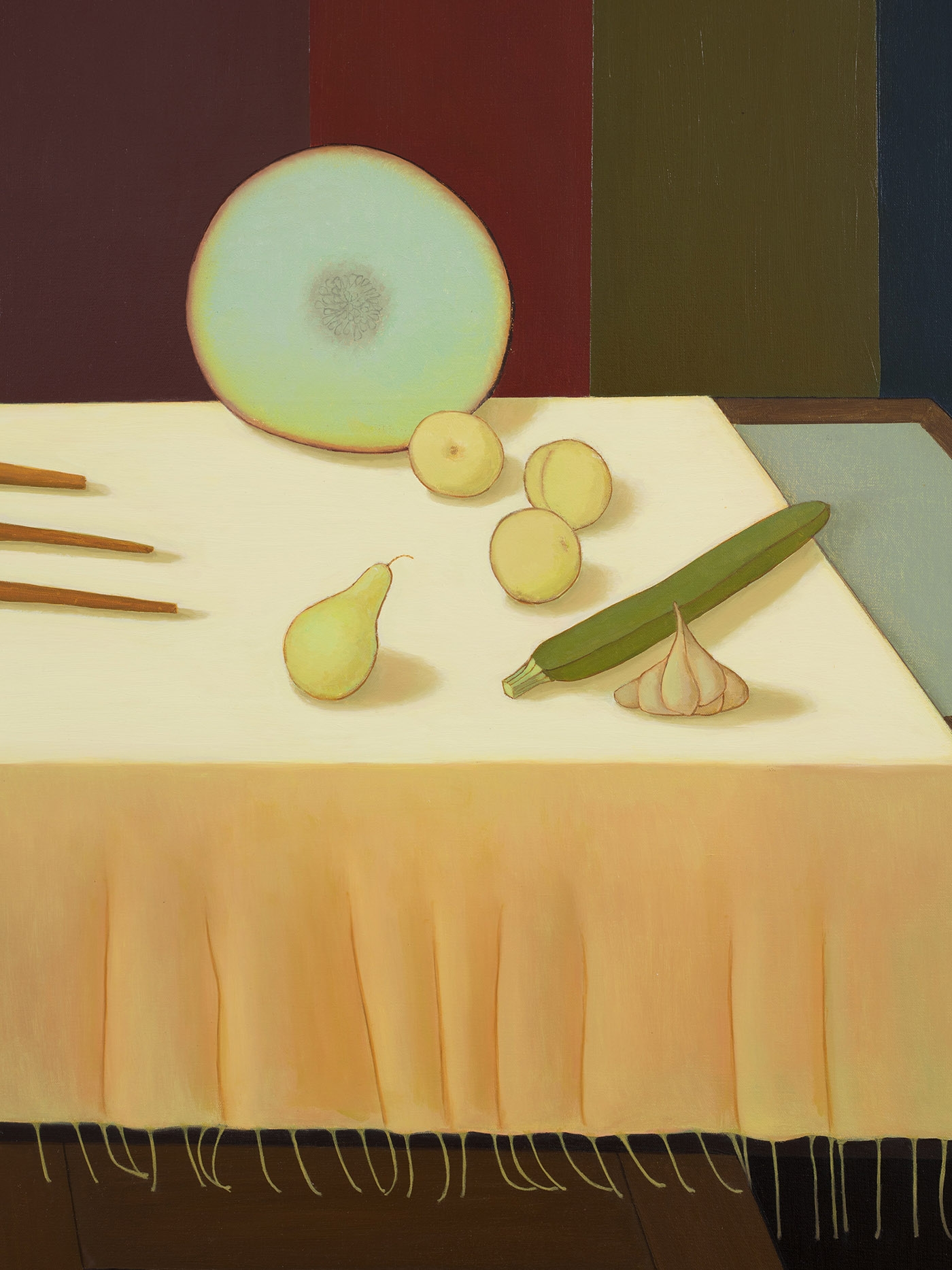
(detail) Baby Teeth, 2020, oil on canvas, 84 x 74 inches
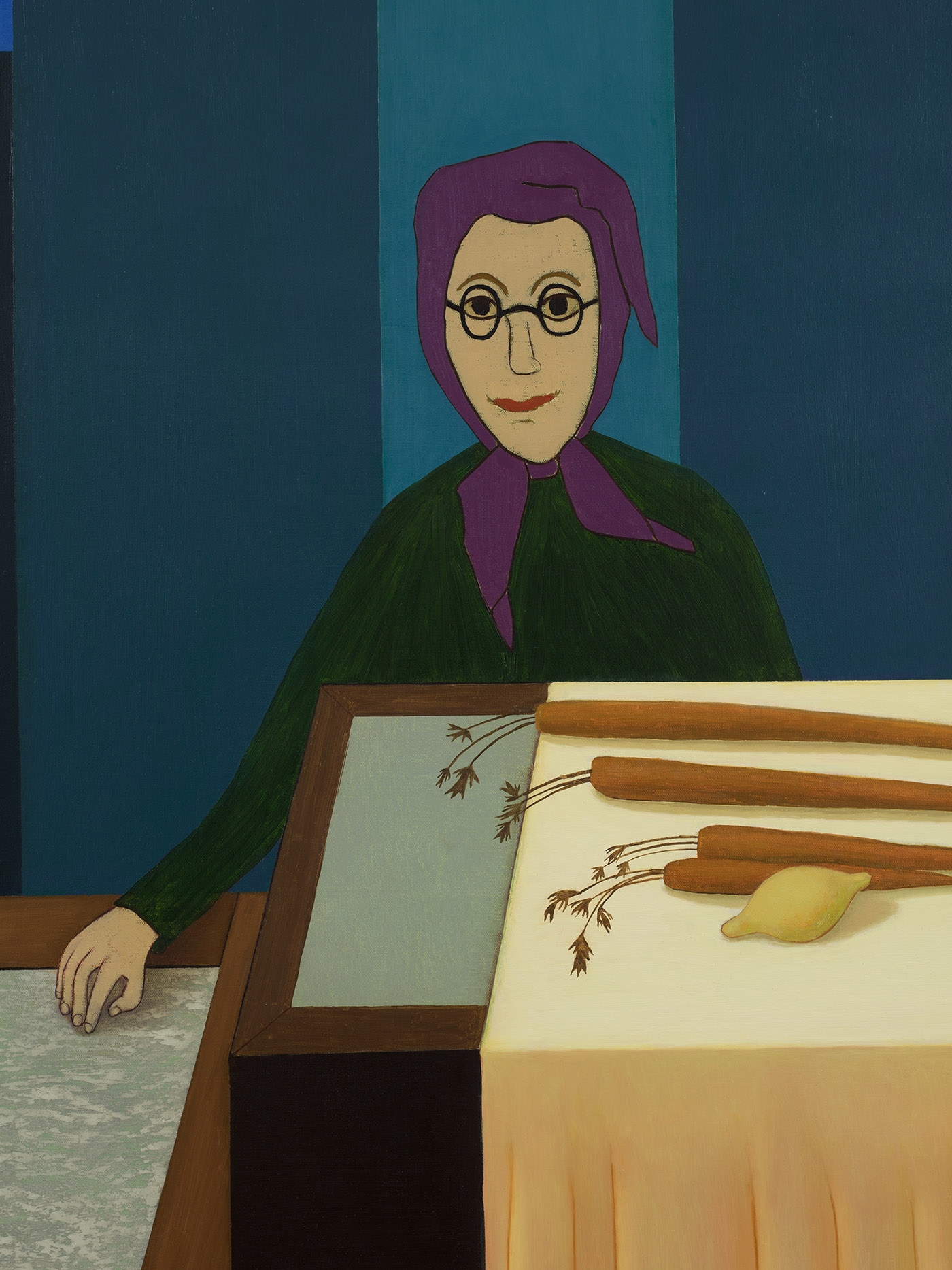
(detail) Baby Teeth, 2020, oil on canvas, 84 x 74 inches

Jack Pregnant, 2020, oil on canvas, 70 x 50 inches
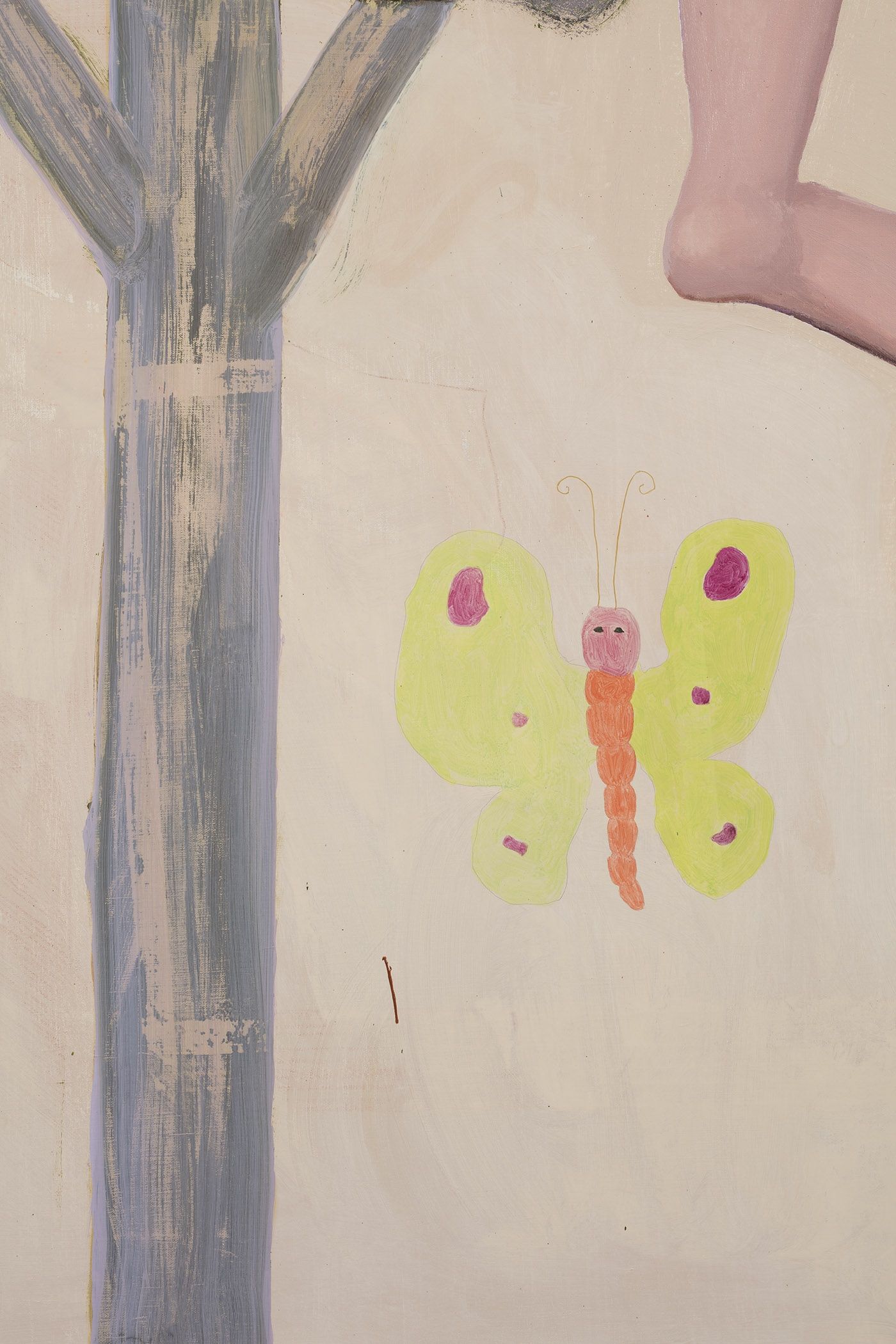
(detail) Jack Pregnant, 2020, oil on canvas, 70 x 50 inches
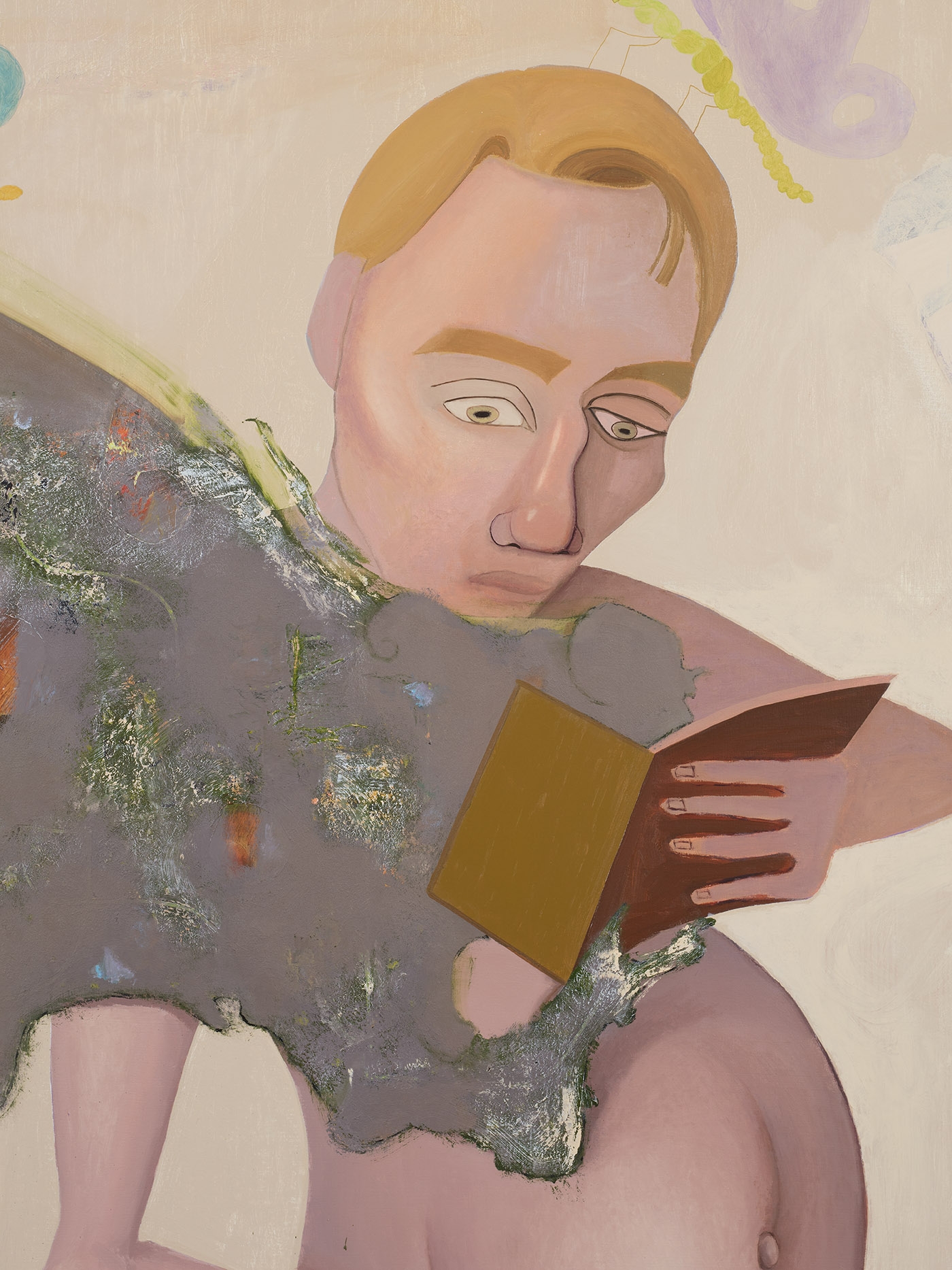
(detail) Jack Pregnant, 2020, oil on canvas, 70 x 50 inches
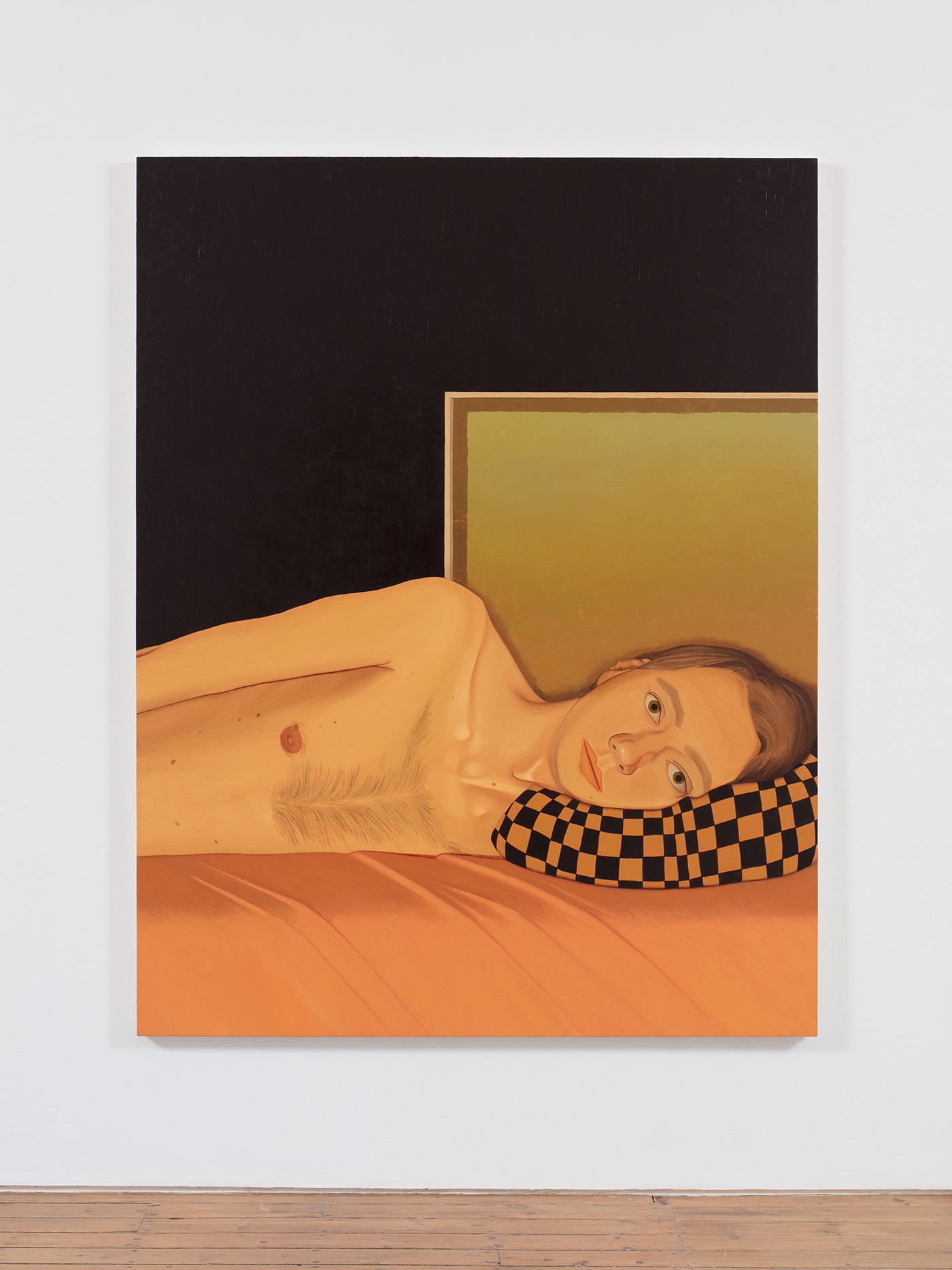
Jack Lying Down, 2020, oil on canvas, 80 x 62 inches

(detail) Jack Lying Down, 2020, oil on canvas, 80 x 62 inches

A Better Life, 2020, oil on canvas, 58 x 68 inches
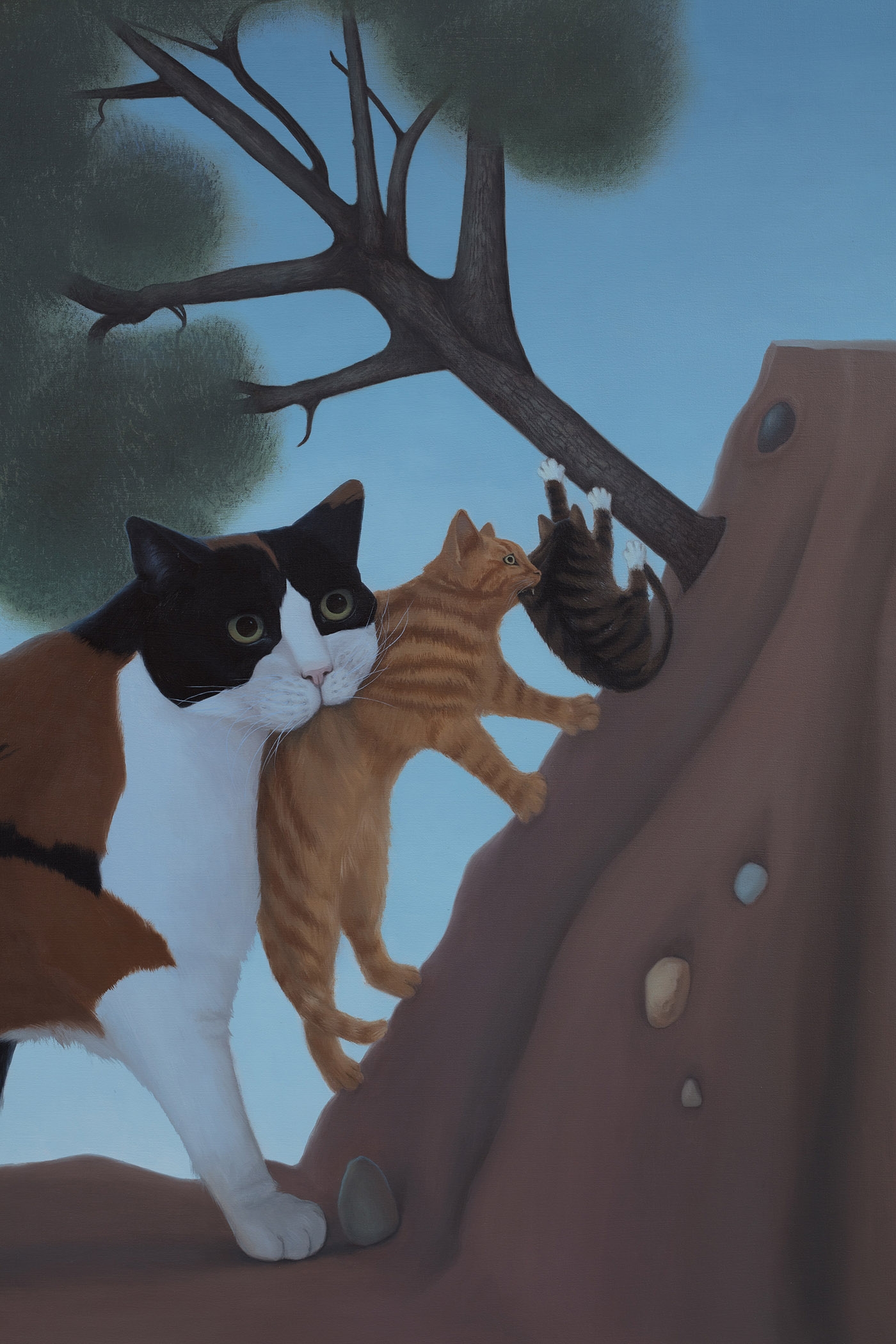
(detail) A Better Life, 2020, oil on canvas, 58 x 68 inches